Anfänger-Ski werden allgemein als "Einsteiger"- oder "Lern"-Ski bezeichnet. Sie sind speziell für Neulinge im Sport konzipiert, die möglicherweise wenig Erfahrung auf der Piste haben. Sie sind in der Regel kürzer und weicher als andere Ski, was sie leichter manövrierbar und kontrollierbar macht. Lass uns sie anschauen.
Allerdings können alle Ski Anfänger-Ski sein, wenn du sie entsprechend deinen Bedürfnissen auswählst. Anfänger-Ski sollten leicht sein, einfache Drehungen ermöglichen und nicht zu lang sein, um freie Beweglichkeit zu gewährleisten. Außerdem sollten sie dir etwas mehr Balance geben.
Was sind die besten Skitypen für Anfänger?
Die besten Skitypen für Anfänger sind solche, die nachsichtig und einfach zu bedienen sind. Dazu gehören Einsteigerski, die in der Regel eine weichere Flexibilität und einen sanfteren Seitenzug haben. Außerdem sollten Anfänger nach Ski suchen, die kürzer sind, da diese leichter zu kontrollieren und zu drehen sind.
Kürzer = besser
Skiboards (manchmal auch Skiblades und Snowblades genannt) sind Ski, die alle oben genannten Kriterien erfüllen. Sie sind kürzer als herkömmliche Ski und daher leicht zu kontrollieren und zu drehen. Allerdings sind sie nicht so kurz wie Skiskates oder Mini-Ski, sodass sie dennoch eine beträchtliche Unterstützung bieten.
Eine weitere beliebte Option für Anfänger sind All-Mountain-Ski, die so konzipiert sind, dass sie unter verschiedenen Bedingungen gut funktionieren. Diese Ski sind vielseitig und können eine gute Wahl für diejenigen sein, die verschiedene Bereiche des Berges erkunden möchten.
Wie wählt man Ski für Anfänger aus?
1. Skilänge
Die Länge des Skis ist einer der wichtigsten Faktoren bei der Wahl der Ski. Als Anfänger solltest du Ski wählen, die kürzer sind als traditionelle Ski. Kürzere Ski sind leichter zu kontrollieren, zu drehen und zu stoppen. Sie erfordern auch weniger Kraft zum Manövrieren, was sie ideal für Anfänger macht.
2. Skibreite
Die Breite des Skis ist ein weiterer wichtiger Faktor. Breitere Ski sind stabiler und leichter auszubalancieren, was sie ideal für Anfänger macht. Allerdings sind breitere Ski schwerer zu drehen und in engen Bereichen zu manövrieren. Als Anfänger ist es am besten, Ski mit einer moderaten Breite zu wählen, weder zu breit noch zu schmal.
3. Skiflex
Der Flex des Skis beschreibt seine Fähigkeit zu biegen und zurückzuschnellen. Steifere Ski bieten mehr Stabilität und Unterstützung bei hohen Geschwindigkeiten, können aber für Anfänger schwer zu kontrollieren sein. Weichere Ski sind nachgiebiger und leichter zu kontrollieren, was sie ideal für Anfänger macht. Als Anfänger solltest du Ski mit einem weicheren Flex wählen.
4. Skiform
Die Form des Skis bestimmt, wie er sich im Schnee verhält. Ski mit breiterer Spitze und Ende sind stabiler und leichter zu drehen, während Ski mit schmalerer Spitze und Ende reaktionsschneller und wendiger sind. Als Anfänger ist es am besten, Ski mit einer moderaten Form zu wählen, weder zu breit noch zu schmal.
5. Ski-Camber
Der Camber des Skis beschreibt die Form des Skis, wenn er nicht benutzt wird. Camber-Ski sind in der Mitte gewölbt, was mehr Kantengriff und Stabilität bietet. Rocker-Ski sind in der Mitte flach und an Spitze und Ende gebogen, was mehr Auftrieb und Wendigkeit im weichen Schnee ermöglicht. Als Anfänger ist es am besten, Ski mit einem moderaten Camber zu wählen.
6. Skibindungen
Die Bindungen sind ein wichtiger Teil der Skiausrüstung, da sie deine Skischuhe mit den Skiern verbinden. Als Anfänger solltest du Bindungen wählen, die leicht einzustellen und zu lösen sind, falls du fällst. Achte auf Bindungen mit einem großen Einstellbereich, damit du die Passform an deine Schuhe feinjustieren kannst.
Mach dich bereit und hab Spaß auf den Pisten
7. Skischuhe
Die Skischuhe sind ebenfalls ein wichtiger Teil der Skiausrüstung, da sie die nötige Unterstützung und Kontrolle beim Skifahren bieten. Als Anfänger solltest du Schuhe wählen, die bequem sind und guten Halt geben. Achte auf Schuhe mit weicher Flexibilität, die leichter zu kontrollieren und zu manövrieren sind.
Was ist ein nachsichtiger Ski?
Ein nachsichtiger Ski ist so konzipiert, dass er Fehler eines Anfänger-Skifahrers verzeiht und weniger bestrafend ist. Er hat eine weichere Flexibilität, was das Drehen und Kontrollieren erleichtert. Außerdem hat ein nachsichtiger Ski typischerweise eine breitere Taille und einen sanfteren Sidecut, was es dem Skifahrer ermöglicht, leichter Kurven einzuleiten und besser das Gleichgewicht zu halten.
Was ist die einfachste Skipiste?
Die einfachste Skipiste wird typischerweise als "grüne" Piste bezeichnet. Diese Pisten sind für Anfänger ausgelegt und sind im Allgemeinen breit und sanft mit einem sehr flachen Gefälle. Sie sind perfekt für diejenigen, die gerade erst anfangen und ein Gefühl für den Sport bekommen wollen, ohne sich überfordert oder eingeschüchtert zu fühlen.

Sind kurze Ski wirklich leichter zu benutzen?
Kurze Ski, auch bekannt als Skiboards, sind leichter zu benutzen. Da sie kürzer als traditionelle Ski sind, lassen sie sich leichter drehen und kontrollieren, was sie zu einer beliebten Wahl für Anfänger macht. Außerdem können Skiboards eine gute Option für diejenigen sein, die sich mehr für Freestyle-Skiing interessieren, da sie im Park leichter zu manövrieren sind.
Letztendlich hängt die beste Art von Ski für einen Anfänger von seinen individuellen Bedürfnissen und Vorlieben ab. Allerdings machst du keinen Fehler, wenn du dich auf Skiboards oder Skiblades verlässt, da diese kurzen Ski perfekt für Anfänger oder jeden sind, der das Gefühl hat, dass lange Ski einfach nicht das Richtige sind.
Probier etwas Neues

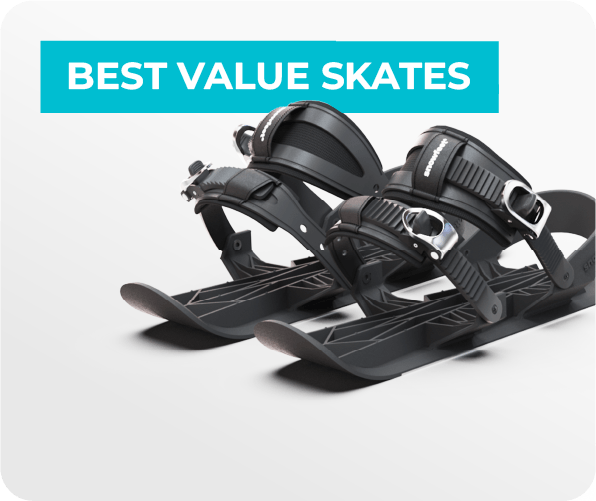


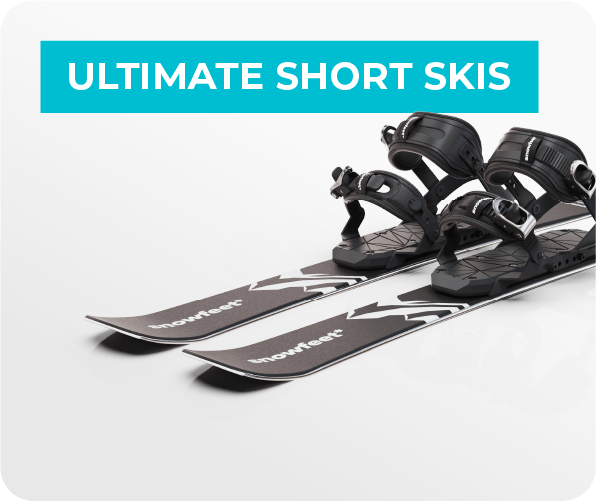


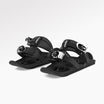
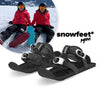

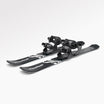




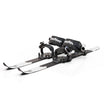

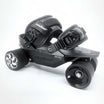

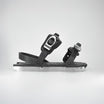










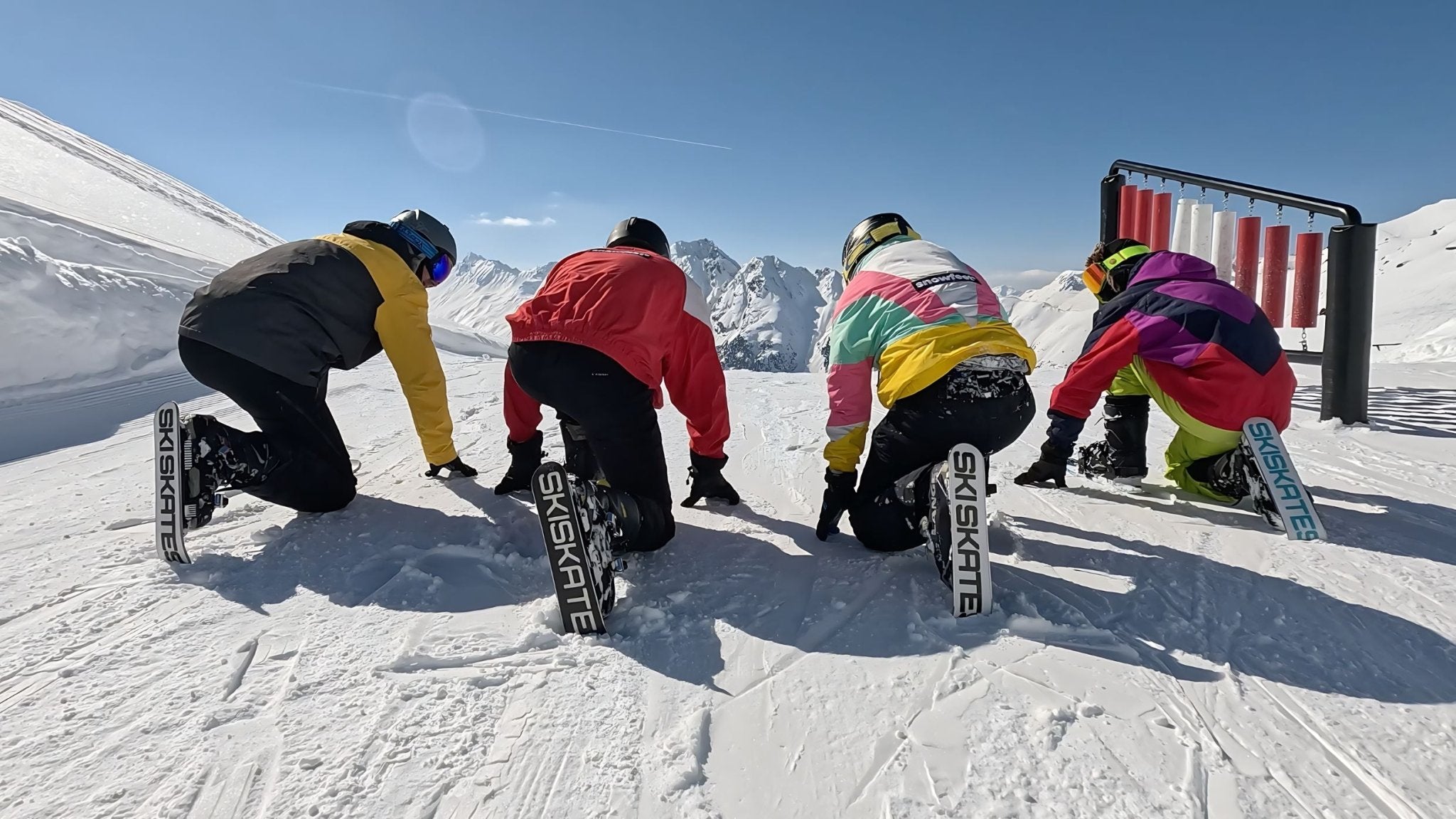
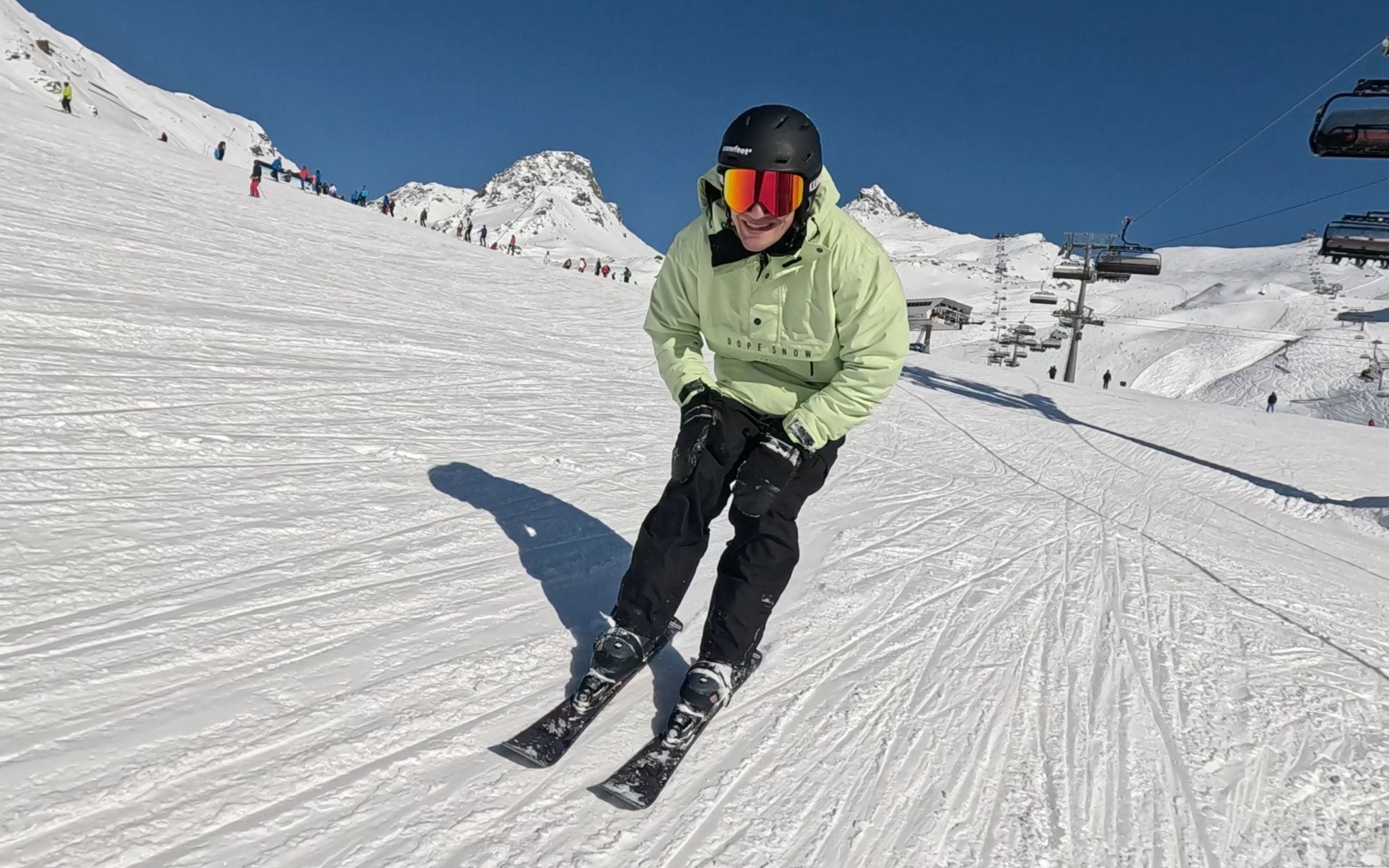




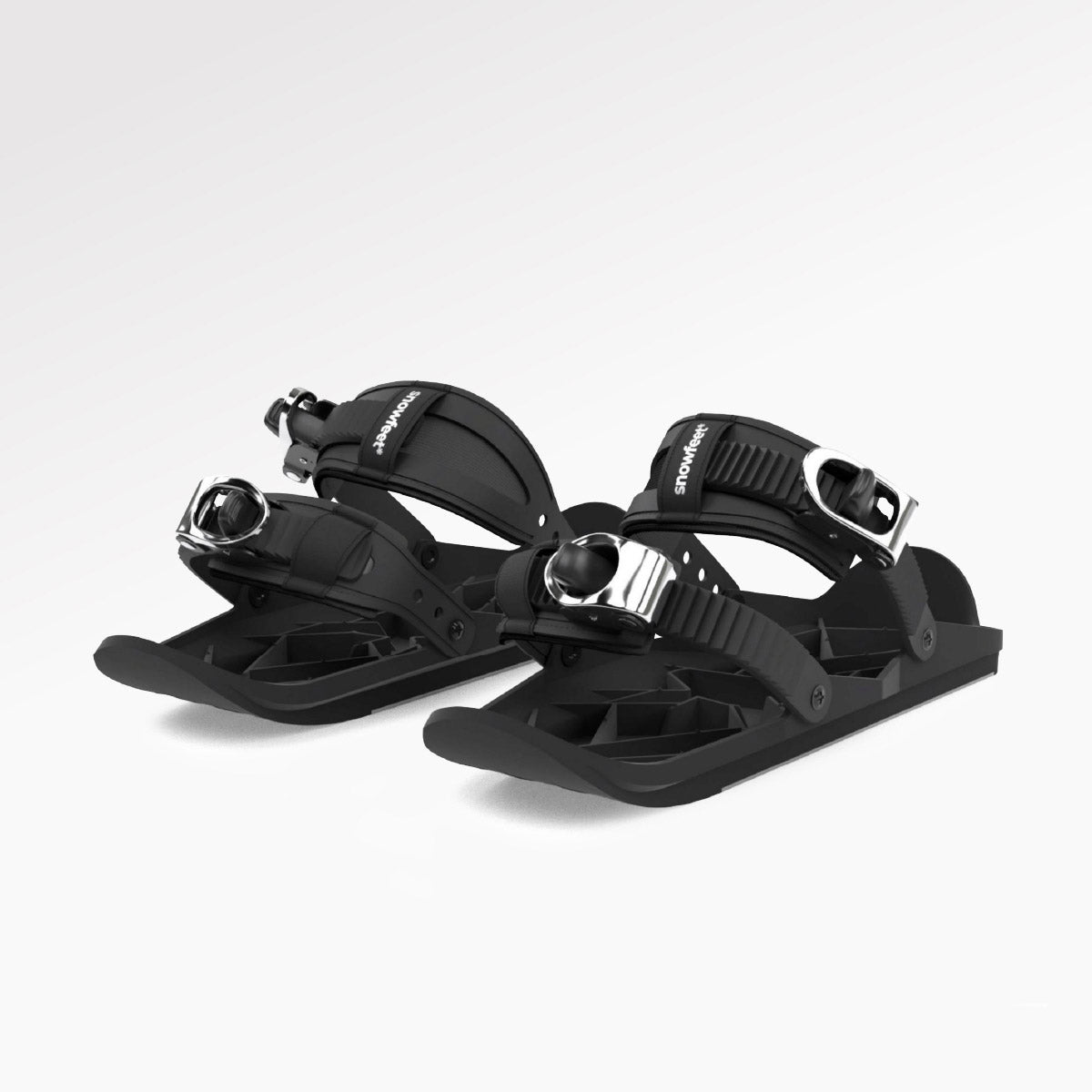
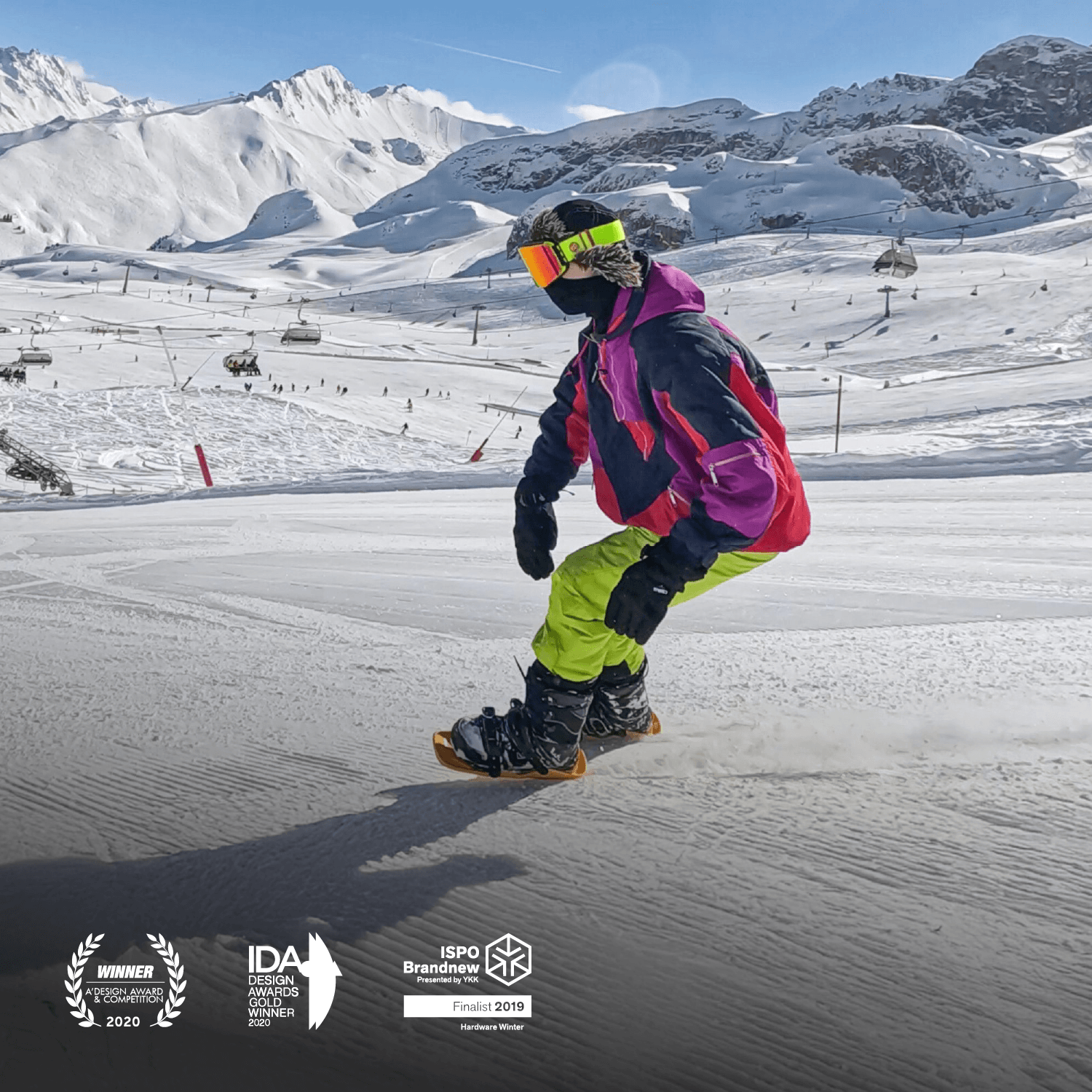
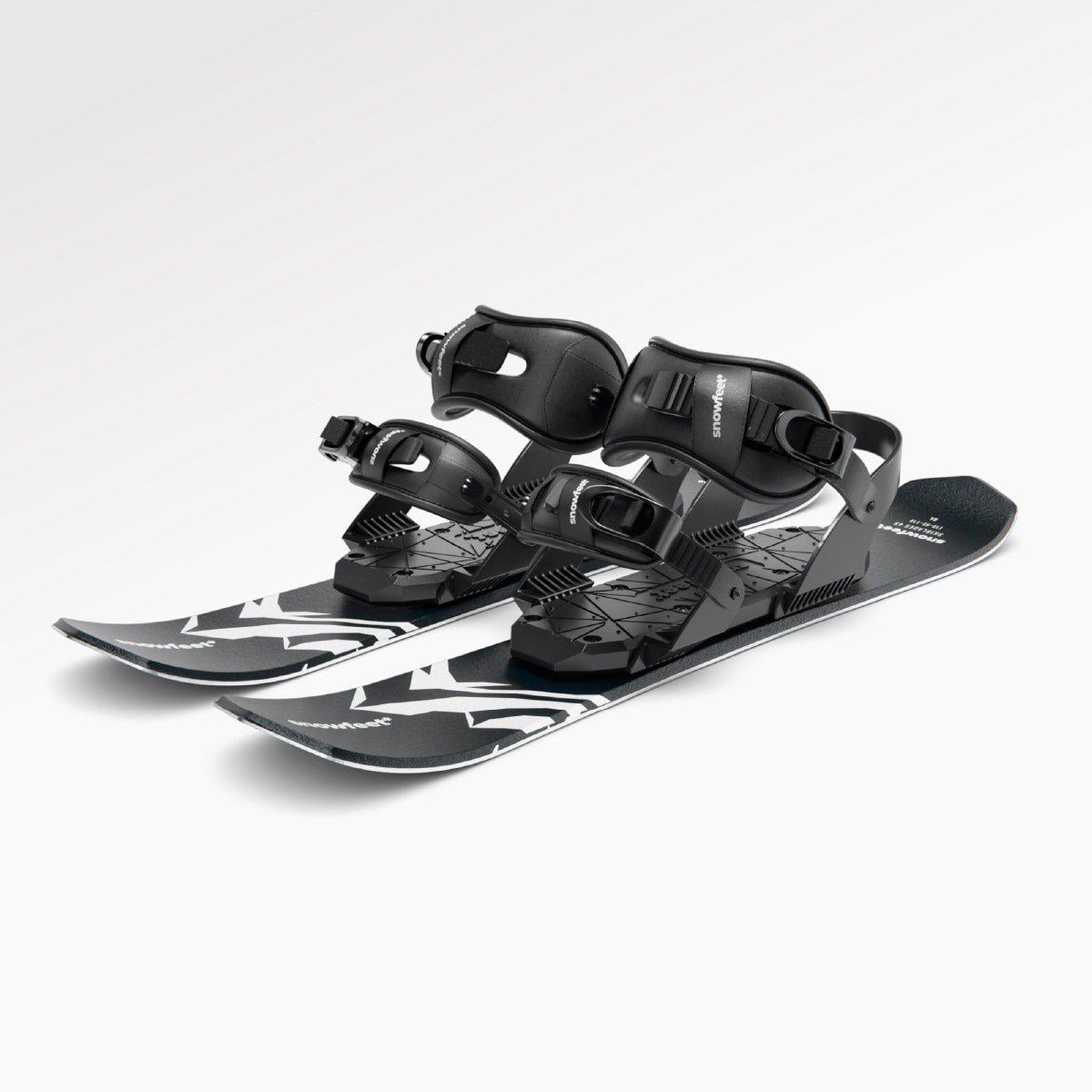



Hinterlassen Sie einen Kommentar
Diese Website ist durch hCaptcha geschützt und es gelten die allgemeinen Geschäftsbedingungen und Datenschutzbestimmungen von hCaptcha.